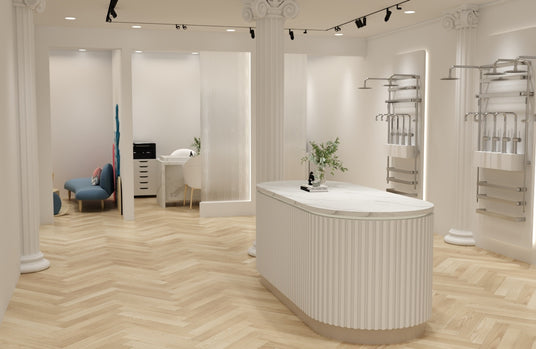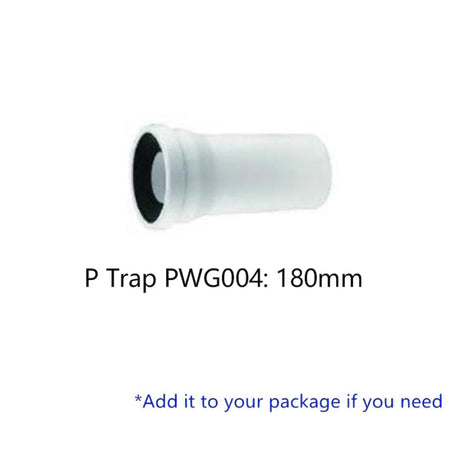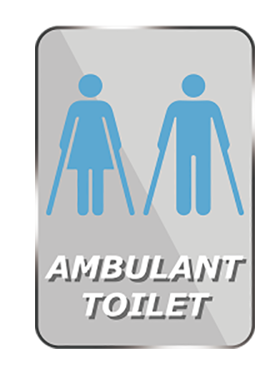- Lukka | SKU: LK-OR105WFPLukka Orta 570x360x430mm Tornado Rimless Wall Faced Floor Pan Gloss / Matt Wh...From $378.00Unit price /Unavailable

Get Free Expert Advice — In-Store Sydney
Whether you’re renovating or building new, we’ll help you select the perfect bathroom products with expert, personalized advice — no stress, no guesswork.








